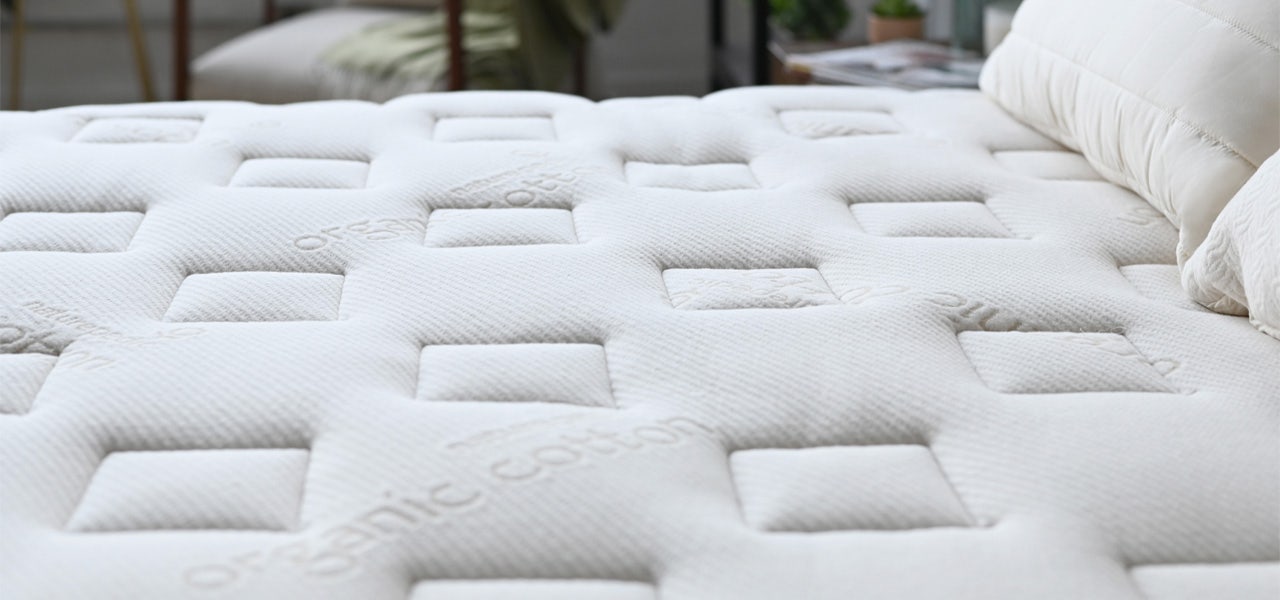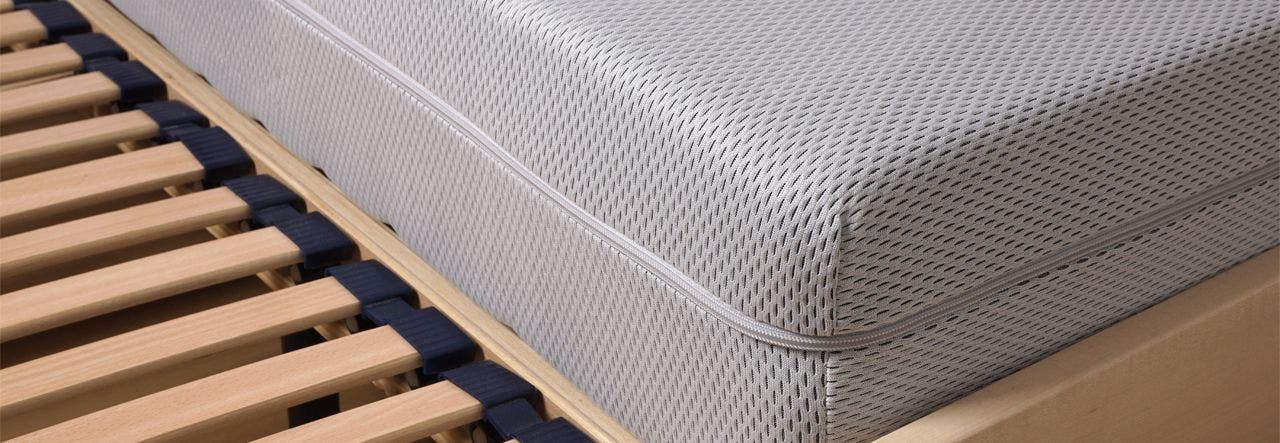It seems almost every day there’s a new study coming out of research surrounding a certain toxin and why we should avoid it. It can be overwhelming to even the most motivated conscious consumer. Now entering – fiberglass.
Fiberglass is an often overlooked and lesser-known material that can be found in windows, roofing, bathtubs, and even mattresses. Unlike certified organic mattresses, conventional mattresses contain some pretty questionable materials. Fiberglass is just one of many to watch out for, but it’s becoming more and more common. In fact, the International Journal of Environmental Research and Public Health just published a new study on fiberglass in mattresses this year.
If you’re feeling the burnout that comes with trying to live a healthier lifestyle in a world where so many consumer products contain harmful materials, take a breath. Naturepedic is here, and we’re happy to help. Let’s break down why some mattress manufacturers feel the need to use fiberglass, why you should avoid it in your sleep environment, and how we know an easy way that you can.
What Is Fiberglass?
Fiberglass is the result of two materials – reinforcing plastic and very fine glass fibers –woven together. It’s durable, lightweight, moldable, non-flammable and most importantly – cheap. This is why it’s been commonly used in homes for insulation since the 1930s and can now be found in so many consumer products.
Of course, fiberglass is also an inhalation hazard and results in a range of health concerns. And, sadly, you can find it in many conventional mattresses and mattress covers. No one wants to sleep on tiny glass shards, right? And, hopefully, you also want to avoid a mattress that could potentially have a negative impact on your health and well-being.
The Dangers of Fiberglass in Your Mattress
You sleep on the same mattress for somewhere around 8-10 years, and fiberglass that is layered underneath the inner mattress cover has the potential to break down over time and poke through the top layer. Direct contact with fiberglass can result in extremely prickly, itchy and irritated skin.
Fiberglass particles also have the potential to pollute the air, which significantly reduces your indoor air quality. Airborne fiberglass can cause irritation to the eyes, nose and throat, as well as damage to the lungs and upset stomach. High levels can aggravate existing conditions like asthma and bronchitis.
Once fiberglass particles have polluted the air in your home, it can be extremely expensive and difficult to remove them. This is because they can become embedded into carpets, clothing, bedding and other porous surfaces. Fiberglass can even end up in the HVAC system, transferring particles to the entire home.
OK, So, Why Is Fiberglass in Some Mattresses?
The short answer is that manufacturers use it to cut costs.
Some conventional mattresses manufacturers use fiberglass to meet flammability standards – inexpensively – as a fire barrier in place of chemical flame retardants. Here’s the idea: if the mattress caught fire, the fiberglass would melt instead of burning thus forming a protective layer to stop the mattress from going up in flames. The irony here is that fiberglass is being used to replace toxic flame retardants but actually introduces its own health risks. Sort of defeats the purpose, wouldn’t you say?
Fiberglass is most often found in inexpensive memory foam mattresses. This is because memory foam is a petroleum-based material that is highly flammable.
A Note on Chemical Flame Retardants


Unlike fiberglass, flame retardants are a known carcinogen. They’re used with the intention of slowing down how quickly a fire spreads, but they are actually unnecessary, harmful and ineffective. Flame retardants have been linked to:
- Cancer
- Neurological issues
- Hormone disruption
- Decreased fertility
Repeated exposure to flame retardants can lead to bioaccumulation in the body and chronic health issues. Mothers have even been known to pass flame retardant chemicals to their babies through breastfeeding!
Tips for Finding a Mattress Without Fiberglass
Unfortunately, mattresses that contain fiberglass may not be labeled as such, making it extremely hard for today’s consumers to avoid it. Also, the fiberglass in mattresses is typically layered underneath or woven into the inner cover where it is hidden.
Don’t worry – there are simple steps you can take as a consumer to avoid fiberglass in your mattress:
1. Consider the Cost
Remember, manufacturers use fiberglass because it is super cheap. If the mattress you’re considering is in the lower price range, there’s a good chance it contains fiberglass or chemical flame retardants.
2. Read the Label
Many labels do not disclose the use of fiberglass. However, look for greenwashing terms like “glass fiber,” “glass wool,” or “silica” that may indicate fiberglass. Similarly, a mattress label says “Made in China” or “do not remove cover,” it may contain fiberglass.
3. Avoid Memory Foam
To be clear, not all memory foam mattresses contain fiberglass! However, because the material is so flammable, you would be safe to assume that a memory foam mattress contains either fiberglass or flame retardants.
4. Buy Certified Organic


Reputable certified organic mattress brands, like Naturepedic, avoid both flame retardants and fiberglass. Naturepedic uses high-quality, healthier materials like latex and wool and are designed to meet all government flammability standards without the need for any chemical flame retardants or barriers, including fiberglass. Naturepedic’s full mattress line is GOTS certified organic, EWG VERIFIED®, MADE SAFE® certified and tested for chemical emissions.
Knowingly sleeping on fiberglass can result in unsettling and troubled sleep – not to mention health issues. It’s best to think of mattresses as an investment in your quality of sleep, quality of life, and overall health. If you ask us, paying a little more for a fiberglass-free mattress is worth it!
Learn more about our Farm to Bed philosophy that helps us avoid materials like fiberglass..
 BABY
BABY  KIDS
KIDS  ADULT
ADULT  LEARN
LEARN  STORES
STORES 